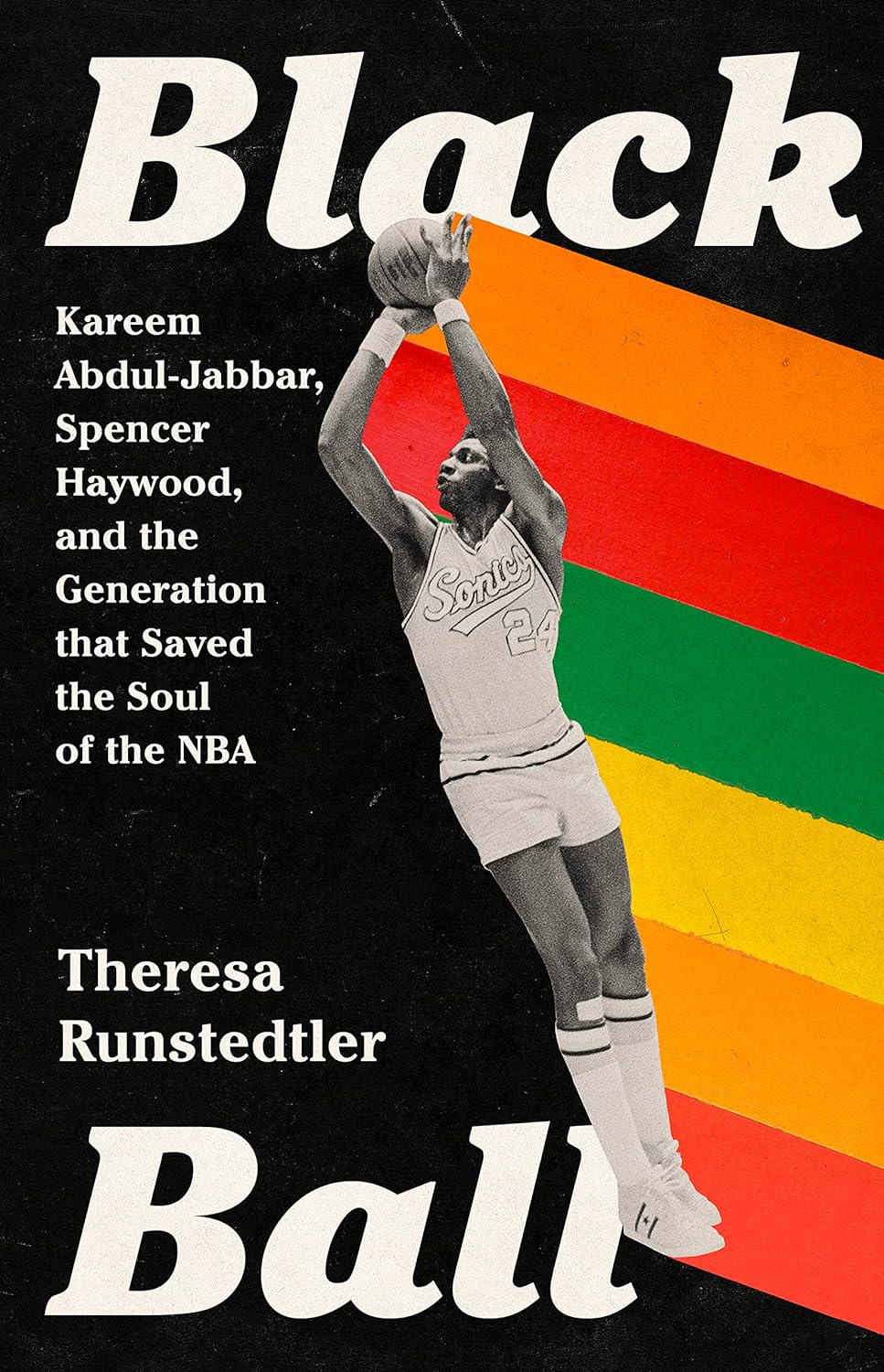In 1980, Chris Cobbs, a reporter for the Los Angeles Times, published a story about rampant cocaine use in the N.B.A and estimated that somewhere between forty-five and seventy-five per cent of players were on drugs. It was true that some players had recently been arrested for possession, but the story mostly reflected the way that the media, the league’s white owners, and many basketball fans looked at a league in which seventy-five per cent of the players were Black—and therefore too flashy, too street, too undisciplined, and, most important, far too ungrateful for the opportunity they had been given to play basketball for hundreds of thousands, even millions, of dollars.
Runstedtler begins and ends “Black Ball” with a discussion of Cobbs’s article and the league’s cocaine panic. She argues that “Black ballplayers’ use of cocaine—an expensive drug typically associated with white celebrities, jet-setters, and professionals—was yet another reminder of their undeserved fortune.”
At a time when the rest of the United States was still reeling from a decade of stagflation and economic recession, NBA players had become some of the highest paid professional athletes in the world. Many of them, Cobbs noted, came from “unstable families in inner-city ghettoes” and could not seem to handle their sudden wealth. Also, as one anonymous source told Cobbs, “The players are so streetsmart, their sophistication is just below that of a hardened convict. They know every angle on how to get women and drugs. They are so far ahead of the security men it’s unbelievable. They know every hustle.” The chaos in the NBA seemed to mirror the chaos, crime, and violence in the streets of American cities. In both cases, young Black men were to blame.
It should surprise no one that demands by Black labor for fair contracts were met with a backlash that played into racist tropes about laziness, entitlement, and lack of discipline. It should also be a surprise to nobody that, at a time when cocaine was flooding into the U.S. seeking wealthy users, N.B.A. players would be among them. What Runstedtler illustrates is how all those facts are related, not just in terms of the accepted narrative but also in terms of the way the league exercises power over players.
